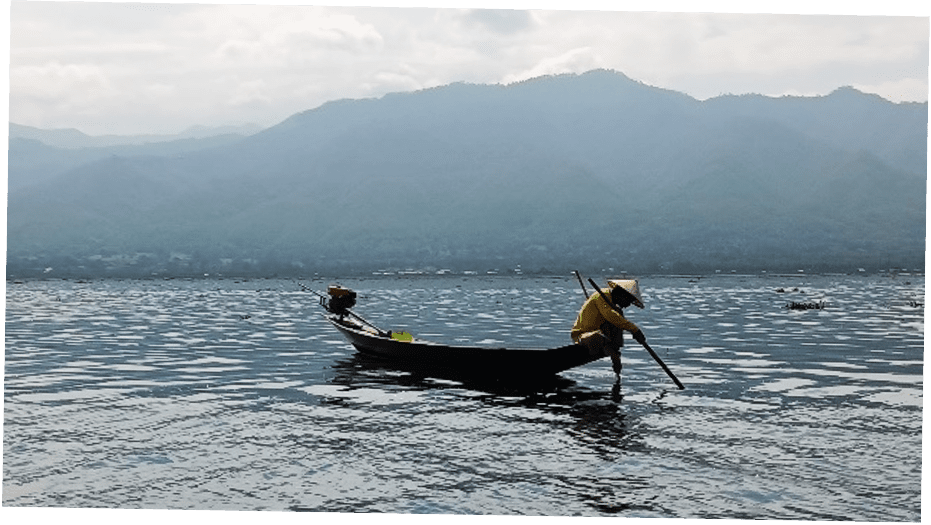In recent decades, antibiotic resistance (AR) has become a public health concern fuelled by increasing antibiotic consumption in many societies. Aquatic environments play a crucial role in AR development and spread where they receive antibiotics, antibiotic resistant bacteria (ARB) and antibiotic resistance genes (ARGs) from a number of sources such as agriculture, aquaculture and wastewater treatment plants.
Modelling is an increasingly important approach to understanding AR in aquatic environments and helps identify resistance patterns of emerging concern, evaluate fate and transport, and assess infection risks as well as look into their management in the future.
However, current water quality models need to be improved to deal with the development and spread of AR. Prioritising the development of fate and transport models for AR could provide insights into bacterial evolution and help manage environmental pollution.
This article provides a conceptual water quality modelling framework through a concise review of methods and approaches that can be used to model and evaluate AR in aquatic environments at the watershed scale. The key steps that need to build a framework include identifying sources and loadings, modelling the fate and transport of ARB and quantifying associated risks to humans and animals.
Developing modelling scenarios and management strategies based on the framework could also contribute to achieving Sustainable Development Goal 3 (good health and well-being) and 6 (clean water and sanitation).
Citation: Jampani, M., Gothwal, R., Mateo-Sagasta, J. and Langan, S. 2022. Water quality modelling framework for evaluating antibiotic resistance in aquatic environments. Journal of Hazardous Materials Letters 3: 100056.

